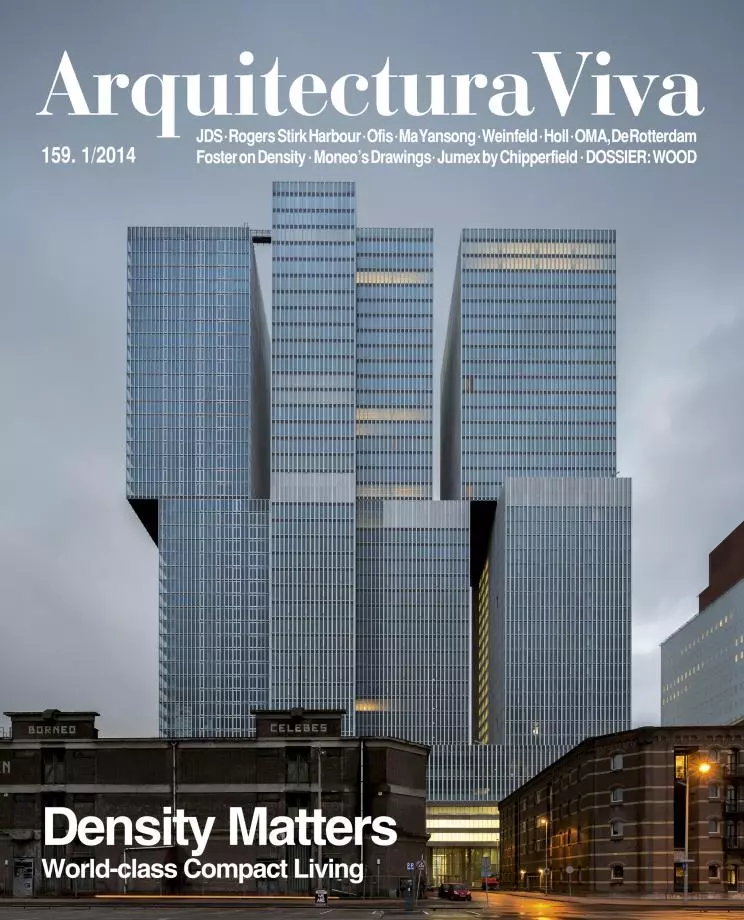
The enormous wounds that the works on the widening of the canal have left on Panamanian territory suggest the voracious nature of the project; the same voracity that, due to malaria and too much optimism, previously led Ferdinand de Lesseps’s company to ruin, and that now threatens the colossal project’s second life, this time for financial reasons. On the 1st of January, the consortium GUPC – led by Sacyr Vallehermoso and winning bidder for a third set of sluices that will allow post-Panamax ships to sail through the isthmus by 2015 – sent the Panama Canal Authority a forewarning of suspension of construction work barring payment of US$1,600 million for costs unforeseen in the initial contract. Hence the intensification of tensions that have been on the rise since 2009, when the GUPC took over the project in the wake of a competition which was not without controversy – a rival consortium declared that the US$3,118 million cost promised by the winner hardly even sufficed to lay the concrete –, seriously endangering the world’s biggest engineering work ever, one which has at one point employed as many as 8,000 people. The news has caused great concern not only in Panama, where the development has an impact on national interests, but also in a Spain weighed down by recession and eager to lift itself up through examples of corporate success; which explains why the Spanish Minister of Public Works has flown to the Central American country to mediate in an already complicated conflict of interests.






